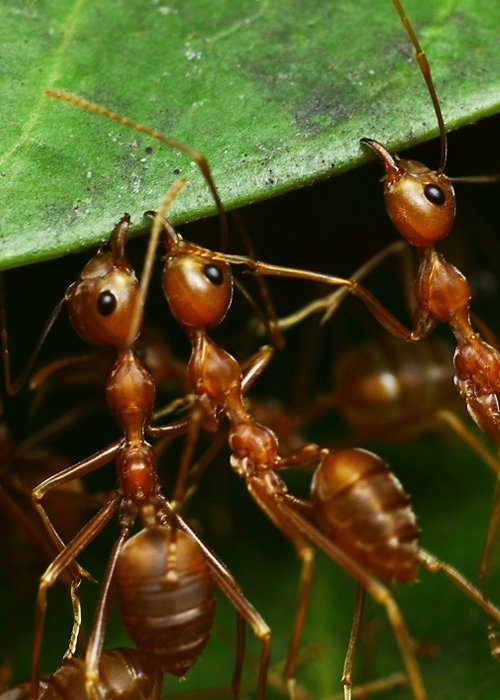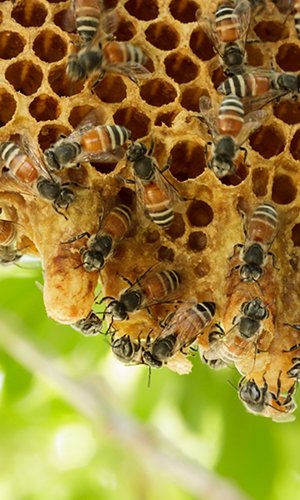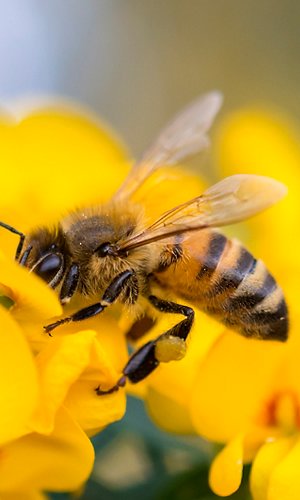A new study reveals how spiders, ants and other small animals exploit heavy metals to increase the power of their bite, making them capable of amazing feats considering their size. This discovery could inspire the development of new ultra-resistant materials for applications in various sectors. Physicist Robert Schofield of the University of Oregon, intrigued by the strength of creatures such as ticks, ants and scorpions, investigated the secret of their power. The answer, published in the journal Scientific Reports, lies in the atomic structure of these animals’ tusks, jaws and stingers. It was already known that these structures contain high amounts of heavy metals such as zinc, copper and manganese, up to 20% of their weight in some species. The novelty of the study is the discovery of how these metals interact with proteins, creating a strong and durable composite material called 'biomaterial with heavy metals'.
In addition to strength, these biomaterials offer an advantage in terms of energy efficiency. Ants, for example, save 60% energy when cutting leaves thanks to this structure. The discovery of this mechanism opens up new perspectives for materials engineering. Imitating this atomic structure by combining proteins and heavy metals could lead to the development of lightweight, robust and wear-resistant products. This study demonstrates once again how nature offers innovative solutions that can inspire science and technology.





